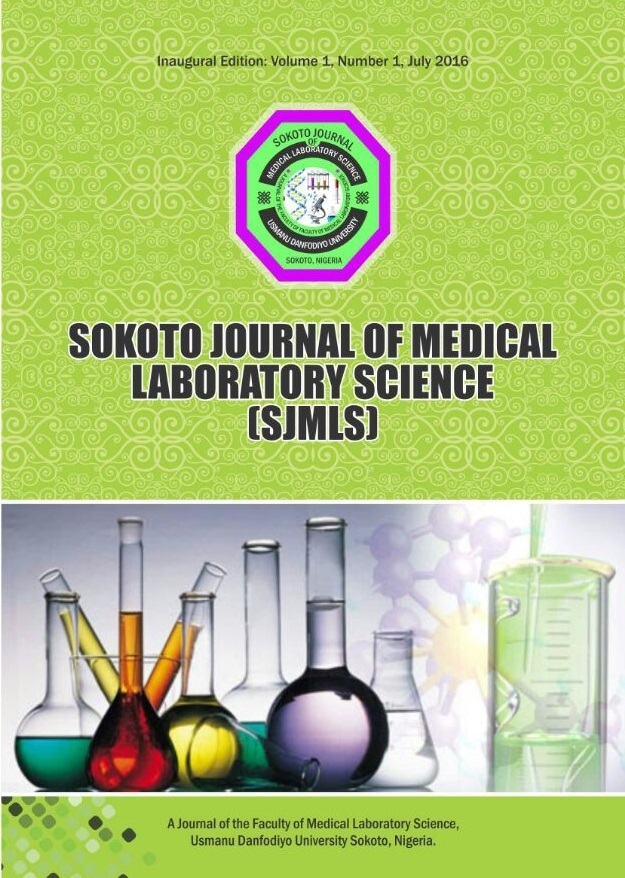Bio-Burden and Antibacterial Susceptibility Pattern of Repacked Milk Powder on Sale in Ogun State Markets, South-Western Nigeria
Keywords:
Bioburden, repacked milk powder, public health risk, antibiotics, food safetyAbstract
The bio-burden and antibacterial susceptibility profile of milk powder repacked for sale under market conditions in Ogun State, South-Western Nigeria, was investigated. A total of 12 repacked milk powder samples were procured from 3 main markets in 4 different locations (Abeokuta, Sagamu, Ago-Iwoye and Ijebu-Ode) in Ogun State. Total bacterial, coliform, staphylococcal, E. coli, and fungal counts as well as the antibiogram of bacterial isolates were determined using standard microbiological techniques. Several pathogenic bacteria and mycotoxigenic fungi were isolated from the samples. Staphylococcus aureus was the most prevalent isolate (50.2%) followed by E. coli (21.8%), Bacillus spp. (10.0%), Micrococcus spp. (6.8%), Streptococcus spp. (3.7%), Pseudomonas spp. (2.5%), Salmonella spp. (2.5%), and Klebsiella spp. (2.5%). Among the fungi, Aspergillus spp. recorded the highest prevalence (38%), followed by Mucor spp. (21%), Penicillium spp. (16%), Fusarium spp. (15%) and Rhizopus spp. (10%). Mean total bacterial counts ranged from 5.4±0.02x105 CFU/g to 6.3±0.01x105 CFU/g and mean total fungal counts was in range of 1.6±0.02x102 to 1.9±0.02x102. Coliform count ranged from 35±0.23 MPN/g to 92±0.05 MPN/g. Staphylococcal count was in the range of <10 to 3.9±0.23x105 CFU/g while E. coli count ranged from 41±0.21 MPN/g to 07±0.02 MPN/g. Data analyses showed highly significant (p<0.05) difference between mean total viable counts in this study and the specified standards. All the bacterial isolates were susceptible to cefuroxime and ceftriaxone but resistant to cotrimoxazole, gentamycin, nalidixic acid and ampicillin. This practice of repacking powder milk should be discouraged as it predisposes the wholesome product to contamination with consequent public health risk.




